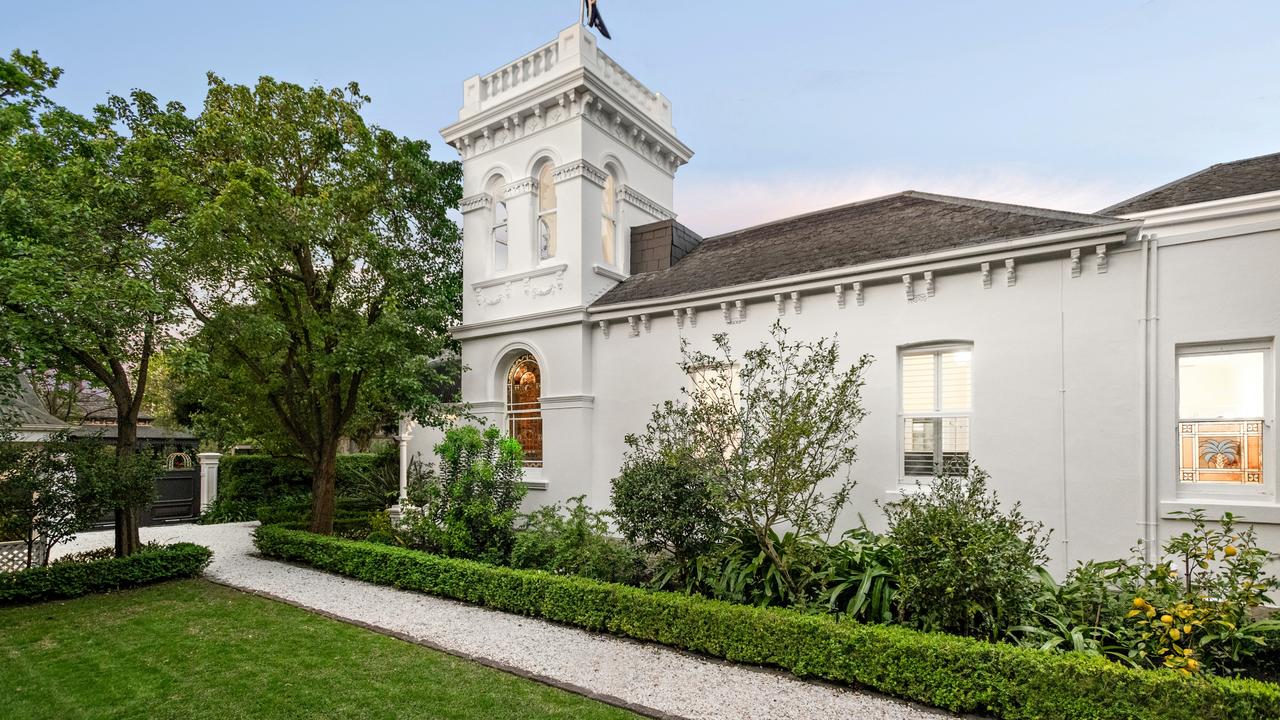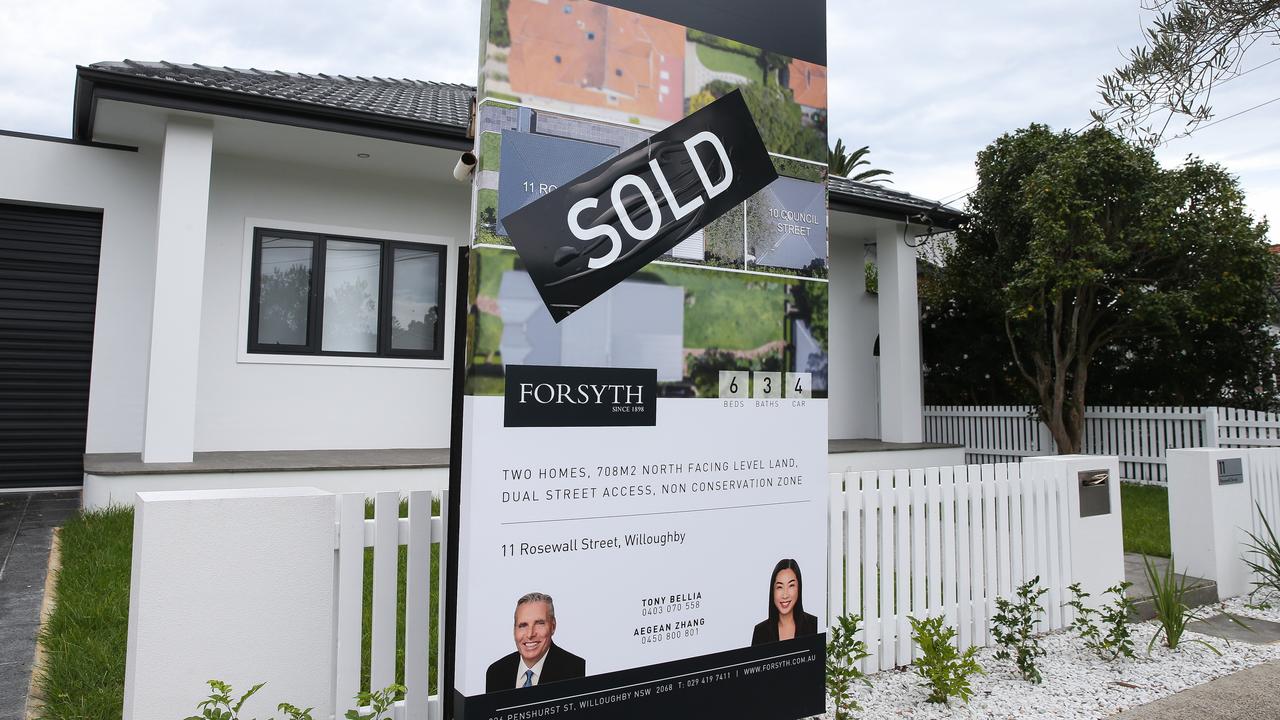Social cohesion the key to successful migration
We can call for cuts to migration, which is pointless, or we can explore solutions to better integrate migrants into Australia

Migration remains a hotly debated topic as Australia’s population recently topped the 25 million mark. Most of the population growth stems from migration (62 per cent) rather than from the surplus of births over deaths (38 per cent).
Housing affordability issues and traffic congestion make our big cities less liveable and social cohesion is a big challenge, so surely if we halved migration or stopped it altogether these issues should be fixed, right?
Let’s look at the different types of migrants that came to Australia in 2017 and how they, in broad brushstrokes, shaped our cities. Understanding this is important to ensure we maintain social cohesion.
Essentially, five big groups of migrants arrived in Australia in 2017: students (103,000), skilled (51,000), humanitarian (14,500), family (22,800) and visitors (53,000).
Last year saw a net increase of 51,000 skilled migrants. These migrants received visas either because their technical qualification was on the skilled occupations list or because an Australian employer sponsored their visa (a cumbersome process that businesses avoid when possible).
New migrants don’t know the geography of their new city very well and only consider housing close to their workplace, namely the central business districts of Sydney and Melbourne.
Since most skilled migrants are employed right away they can also afford to live reasonably close to their inner-city jobs. Most skilled migrants haven’t started a family yet and, at least initially, only require one or two-bedroom apartments. And they are unlikely to buy a home immediately after arriving. This is one driver of the apartment construction boom in the inner cities.
International students are the jackpot migrants. They pay high student fees and create a significant amount of tourism (parents and friends visiting them in their temporary home). To be precise, international students added $31 billion last financial year to the Australian bottom line.
Most are only in their late teens. Not only do they move out of their parents’ home for the first time, but move to a new country as well. The parents worry about their children and insist the students secure accommodation before arriving in Australia.
Local students tend to either live with their parents or in share houses. To get a room in a share house you must turn up and chat with your future housemates. That’s easy for locals but impossible for international students.
The solution has come in the form of tiny student apartments in the towers surrounding all major universities. Apartments in these buildings can be booked online from overseas. They are only occupied by international students. This unintentional segregation worsens social cohesion.
After graduation about a sixth of all students transition to a skilled visa and start their career, largely in knowledge work jobs clustered in the inner cities.
A further 22,800 migrants are in Australia accompanying someone on a different visa. These family migrants don’t drive the construction of housing as they often move into the same dwellings as their family members.
The next group of migrants are classed as visitors. This is a potpourri of temporary visas covering short-term business visits, family visits, tourist activities and medical treatments. People on these visas are likely to stay in hotels or with relatives in Australia. Their impact on the housing market isn’t all that big.
The last migrant category travelled to Australia on humanitarian visas. This group made up no more than 6 per cent of all migrants in 2017. Refugees don’t cluster in inner cities because they often live in public housing which is distributed throughout cities.
In broad terms, new migrants tend to cluster in the inner-cities of the big cities where jobs and universities are located. This clustering drives up house prices and leads to more traffic, particularly in the inner suburbs.
But the real issue is social cohesion. The key to improving cohesion lies in creating more opportunities for meaningful contact between the local and migrant populations. That’s of course not an original idea. Gordan Allport framed the Intergroup Contact Theory in the 1950s: properly managed contact between majority and minority groups will lead to better interactions that will enrich both groups.
Only meaningful and regular communication between groups allows for mutually beneficial outcomes. Our cities make such exchanges hard. Not only are we less likely to go to the same (if any) churches any more, but we also live geographically separated.
Calls for a dramatic cut in migration numbers will not be met as this would hurt GDP growth and no government can afford to do that. As Reserve Bank governor Philip Lowe said, migration benefits our economy and softens the ageing of the population.
Migration figures will stay high whether we like it or not.
We can continue to call for cuts to migration, which is easy but pointless, or we can explore complex solutions to better integrate migrants into Australia.
Universities should create programs allowing international students to live in shared housing with local students. The biggest hurdle will be to convince parents that their kids won’t end up homeless in Australia. University colleges are one option but are too expensive to be suitable for all international students.
Anonymous apartment towers don’t provide any opportunities for meaningful interactions between local and international residents. Australian cities would benefit from more innovative housing options in the mix.
On a personal level, strengthening social cohesion might be as easy as upholding the Australian tradition of buying your (international) colleague a beer after work.
Simon Kuestenmacher is the research director at The Demographics Group.
simon@tdgp.com.au



